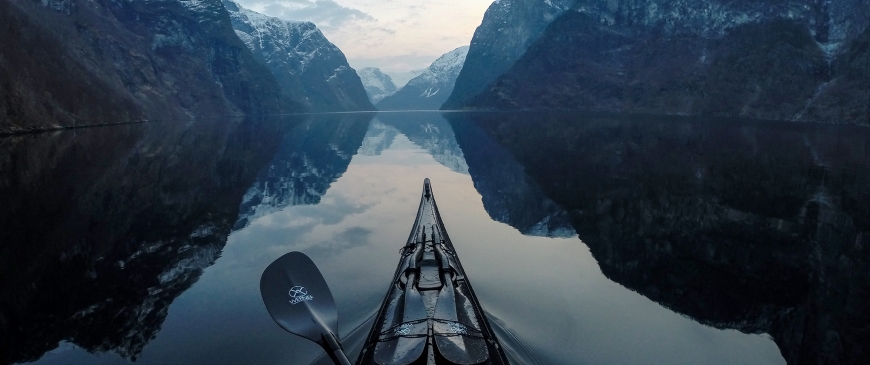
Four ways to curb migration post-Brexit
Norway, Switzerland and Liechtenstein
The idea As a member of the EEA, Norway has full access to the EU’s single market and, in return, accepts free movement of people. However, the nordic state has a safeguard clause that allows it to put a stop to immigration in the event of severe social, economic or environmental need. The criteria for what would constitute those needs is not spelt out and Norway has never used the temporary power because it would trigger a retaliatory response from the EU.
Switzerland, although not a member of the EEA, has its own free movement agreement with the EU but, in a referendum in 2014, the Swiss voted to introduce quotas on EU migrants from 2017. If the Swiss impose controls, the EU has threatened to suspend other EU-Swiss agreements linked to trade and other areas, limiting market access to the EU for Swiss firms.
Liechtenstein has perhaps the most palatable arrangement for British voters as it is allowed to limit free movement unless workers come with a job offer. It offers only a few dozen residency permits a year and has powers to rescind them.
The problem Appealing as an off-the-shelf system might seem, John Springford of the Centre for European Reform says they would do little to curb immigration unless Britain is prepared to accept the threat of curbs on market access for its firms. Given that both Norway and Switzerland have had higher immigration levels per capita than the UK, voters would want something far tougher, he argues.
The Liechtenstein model may be more to the taste of British voters, however it is a small Alpine principality of 36,000 inhabitants, not the third most populous country in the EU. Mr Springford says there is little chance European leaders would agree to this.
